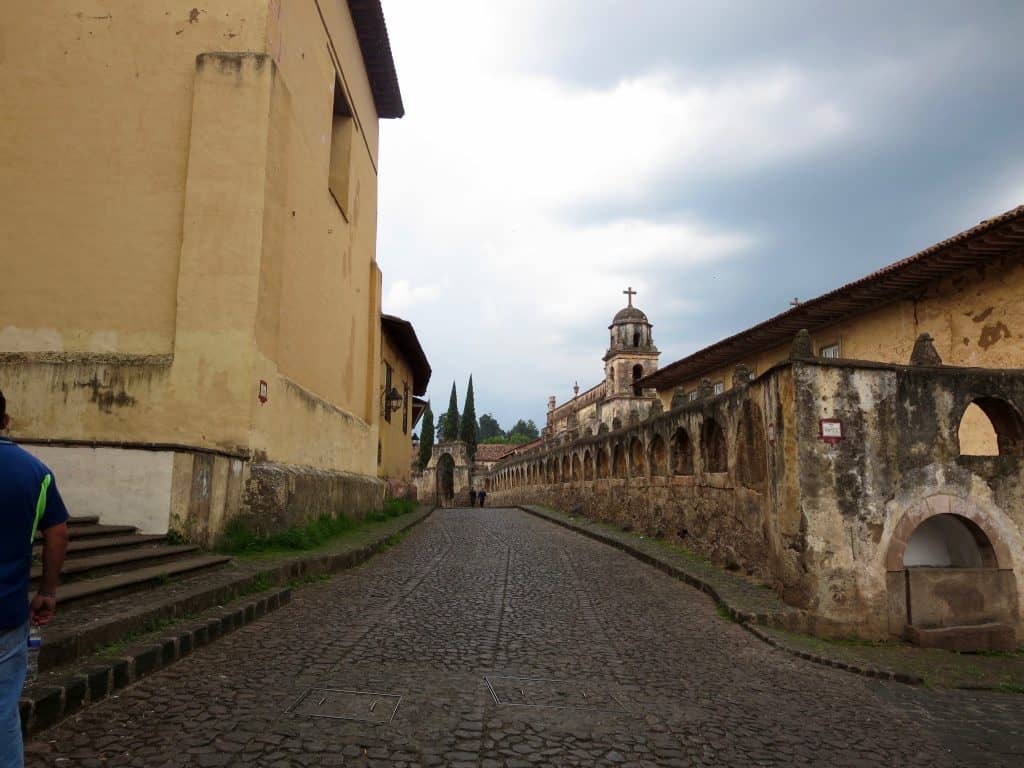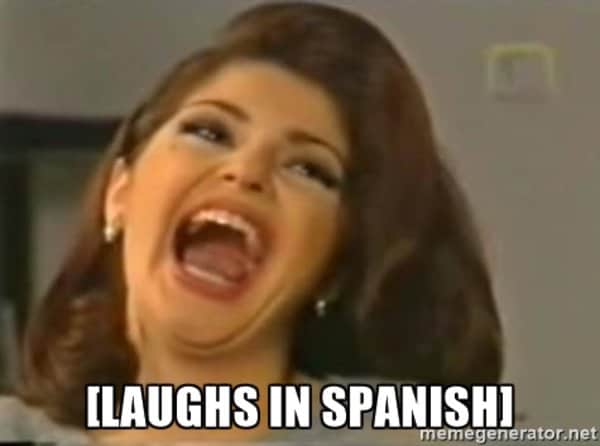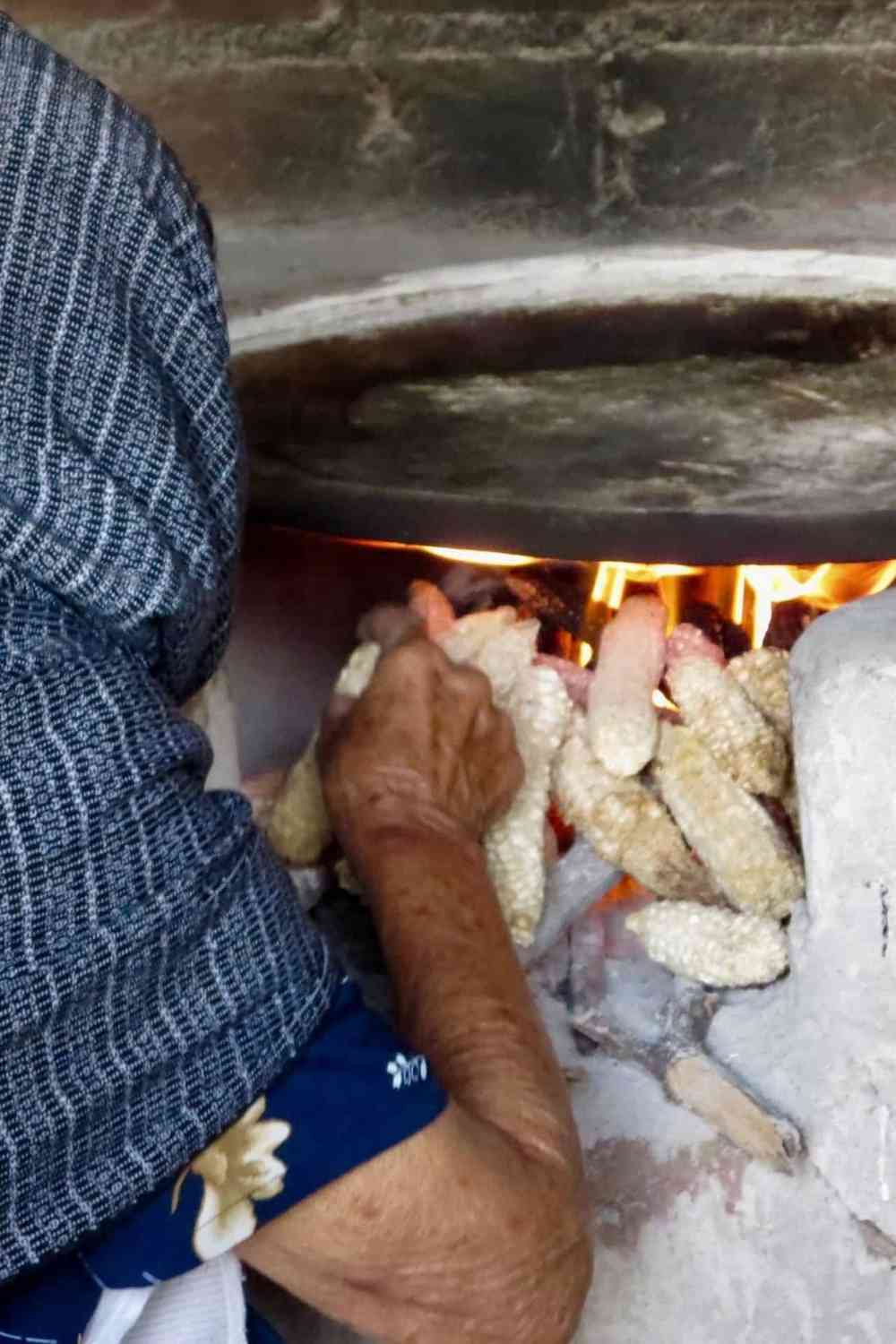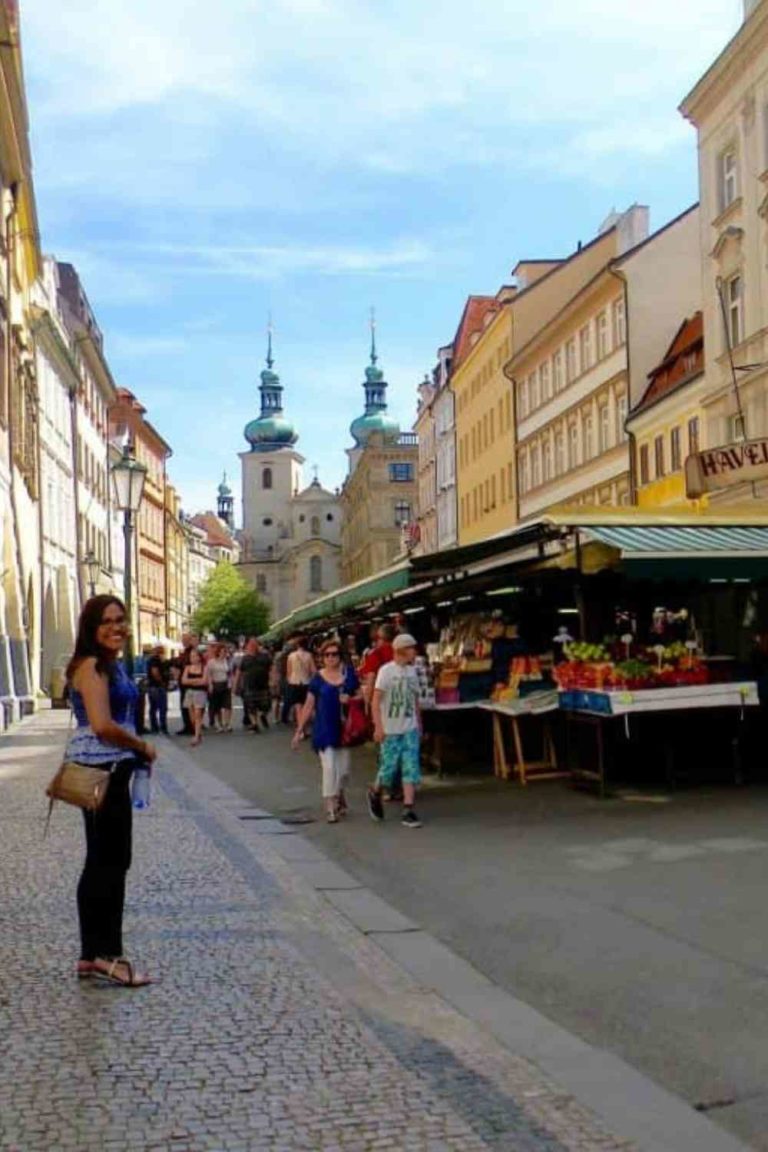A Culinary Tour of Mexico
Mexico is a vast country with diversity on every level interlaced with a comforting sense of hospitability. Mexico is also dance and music, pueblos magicos (magical towns) turquoise waters, a rich, and deeply rooted culture of pre-Hispanic history and traditions. It is food, and it’s a time-honored connection to regional culture, language, story, and national pride. As more time passes, more of it is springing and blossoming onto the world.
The colorful nature of the food, the variety of ingredients found across the nation intertwining commonly known ingredients with ingredients unique to Mexico, create the song and melody that can make anyone who takes a bite not only do a dance of joy but also come back time and time again.



Mexican cuisine has no doubt been named by UNESCO as an Intangible Cultural Heritage of Humanity in 2010, meaning that Mexican cuisine is now *officially* regarded as a National Treasure, and seen as such globally. A recognition that is well deserved, and may perhaps bring up an image of Mexican food to some with a title as such.
But, to be honest, the most enjoyable taste of Mexican food is the one where your grandma makes homemade tortillas from its source, maize (corn), and flips them on the comal, and hands one to you with her strong, callous, warm hands, as you wait anxiously next to her by the open fire.


En fin, if you ask any Mexican, Mexican-American (in my case) or anyone who truly grew up with Mexican food cooking in their home, we will describe Mexican food to be family, culture, music, stories passed down, community, creativity…and freakin’ delicious.
Because of its vastness, it’s climate varieties ranging from the hot, dry desert heat, to tropical humidity lushness, and snow-capped mountains, legendary volcanoes, throughout the country, Mexico has an abundance of food diversity, especially when matched with time-honored recipes, legends, traditions, and beliefs circulating food – Mexican cuisine is surely an experience that touches the palate, sense of smell, sight, and emotion.

Origins and Influences
Modern Mexican cuisine is mainly comprised of the interaction between Spain and the indigenous people of Mexico, the Aztecs, and Mayans to name a few. However, before the Spaniards arrived in Mexico in 1521, the indigenous people of Mexico relied on their native plants as a basis of their diet, including chile pepper (jalapeños, poblanos, serranos, guajillo, chipotle, pasilla, habanero, ancho, cascabel, and mulatto). Depending on the dish, most of the time, dried chiles especially are used for taste rather than heat, and thus became the main flavor ingredients in stews, soups, and sauces. Additionally tomatoes and small green tomatoes became essential ingredients as the were also cultivated along with peppers.
When the Spaniards arrived in 1521, they introduced livestock including pigs, cows, and sheep, and with that, animal-based products such as cheese, fat from cattle. Also because Spanish cuisine itself is also made up of a variety of other influences, including Arabic Moore, Mexican cuisine was also introduced to cinnamon and cloves, which today, are very widely used especially in desserts and specialty dishes like Mole. Additionally, fruits such as figs, peaches, citrus fruits, melons, cherries, garlic, carrots turnips, and eggplant added even more variety to the Mexican table and continued to be cultivated and adapted into Mexican cuisine.

Staple Ingredients and Regional Cuisine
It’s staple ingredients, beans, corn, and chiles (hot peppers) make up the base of the Mexican kitchen, and give way to a variety of specialities from northern Mexico to it’s southernmost border.
Mexico has a variety of specialties all over the country as a result, with some of these states being the frontrunners in the category of food – Michoacan, Puebla, and Oaxaca. Some of the most notable dishes from these regions are carnitas from Michoacan, mole poblano from Puebla, and tlayudas from Oaxaca.
Northern Mexico is heavily influenced by ranching culture, their dishes are made up mostly of cattle, goats, pigs, and sheep, combined with native and indigenous ingredients. Also, because of it’s location, it is also influenced U.S. food culture, which has it’s own genre of food called Tex-Mex (Texas and Mexican cuisine – more on that down below).
The food in central Mexico heavily relies on corn, just as Aztecs did in their empire. As mentioned earlier, some of the states that are widely known nationally and internationally for the best Mexican food are Michoacan and Puebla, which are geographically located in Central Mexico. Because of their location, they have access to a little bit of everything, such as fresh seafood, cattle and pig, corn, and an abundance of produce, especially avocados in Michoacan (the best in the world).


Southern and the Gulf of Mexico’s food, their food is heavily based on fresh seafood, especially those states along the coast such as Nayarit and Sinaloa. Additionally states all the way down in the Yucatan Peninsula have a cuisine born from ancient Mayan staple ingredients such as a variety of beans types, squash, cucumbers, chiles, and tomatoes. With the arrival of the Spaniards, game meat such as wild turkey, pig and pig lard, Seville oranges, cumin, oregano, garlic, cinnamon, and clove, create popular dishes such as cochinita pibil.
The Baja California Peninsula with it’s neighbors being California and the pacific ocean, this area of Mexico is brimming with a wide variety of food to offer visitors, including local specialities such as seafood, flour tortillas, red meat dishes, tacos, and Tex-Mex favorites like burritos. Additionally, Baja California is home to many international food festivals including paella and wine fair, seafood and tequila festival. Because of it’s proximity to the U.S. it is an area with accessibility to both Mexican and U.S. favorites.
Lastly, in the pacific coast, states such as Guadalajara is a big producer of peanuts, sugarcane, agave, and tequila. Some of the most popular dishes include pozole and birria, which deliciously just barely touches the surface. Oaxaca, one of the leading states known for its gastronomy, and is known as “land of the seven moles” is known for its mole dish, a flavorful sauce that is made a long list of ingredients such as tomato, chiles, bread, sesame seeds, cloves, just to name a few, blended together.
Nearly every corner of Mexico has its own version of a popular dish, such as mole, and tamales. Therefore when you go to a Mexican restaurant, you may see that there are options when it comes to these dishes.
As you can see, the diversity in Mexican cuisine is almost palpable and you can almost taste it as you read into the specialty ingredients. This barely scratches the surface on the immense variety there is. A key take away to appreciate is that Mexico goes beyond tacos which are amazing, don’t get me wrong, and that as more restaurants open around the world, and more recipes and knowledge is being shared on the make up of Mexican food and specialities, more is being understood, recognized, and enjoyed, and that is the soul of Mexican cuisine – sharing it with others.
Food that is NOT authentic Mexican
It makes me giggle when I see people’s face drop when they realize a nachos aren’t Mexican jaja.

Kidding jaja but Mexican food, depending on what part of the world you live in, is obviously going to be slightly or very different from what is actually authentic for the obvious reason, that you’re not in Mexico or close enough to get authentic ingredients.
Still, I personally always am curious to see the adaptation that each culture and country of the world has when making Mexican food. It’s also interesting to me to see who the people that are making the food are. Are they Mexican? Are they not? Hmmm.
So, these are not authentic Mexican food. Do not order them when in Mexico (even if they’re on the menu, don’t rob yourself of the amazing food you can only get in Mexico).
- Burritos
- Fajitas
- Chimichangas
- Anything from Taco Bell
- Chalupas
- Taco bowl, taco salad or taco dip (wtf)
- Any taco with yellow cheese or hard shells or tomato and lettuce or sour cream (cringe)
- Chili con carne (we have chile con carne lol) but it’s not the same
- Nachos
Just to name a few – these are all Tex-Mex, and are a product of both Mexican and U.S. influence.
Recipe
Ok, so after a brief tour of the history, influence, and regional cuisine of Mexico that we all can’t get enough of, here is a recipe I want to leave you all with.
A staple food (other than tortillas, beans, and salsa) in authentic Mexican food is rice. To the world, it’s known as Mexican Rice (no, not Spanish rice, I’ve heard that one before), but to us who grew up with it, it’s just called arroz.
It’s so hard to pick just one, but based on experience, I know this is one that many people seek out and want to learn how to make their own, so here it goes.
P.S. – If you’re looking for a cookbook with a broad range of international dishes and recipes, along with a bit of culinary insight – I recommend this book for you. This was the book that I used during culinary school and is one of my favorites to use to this day.
Also, If you’re looking to get an all-in-one Mexican cook book that is both beautiful to look at, and has authentic recipes to follow and recreate, then I recommend this book for you. It’s one that my family has used for years now, and one we keep going back to. Enjoy!
To more culinary adventures like these,

Pin for later!








